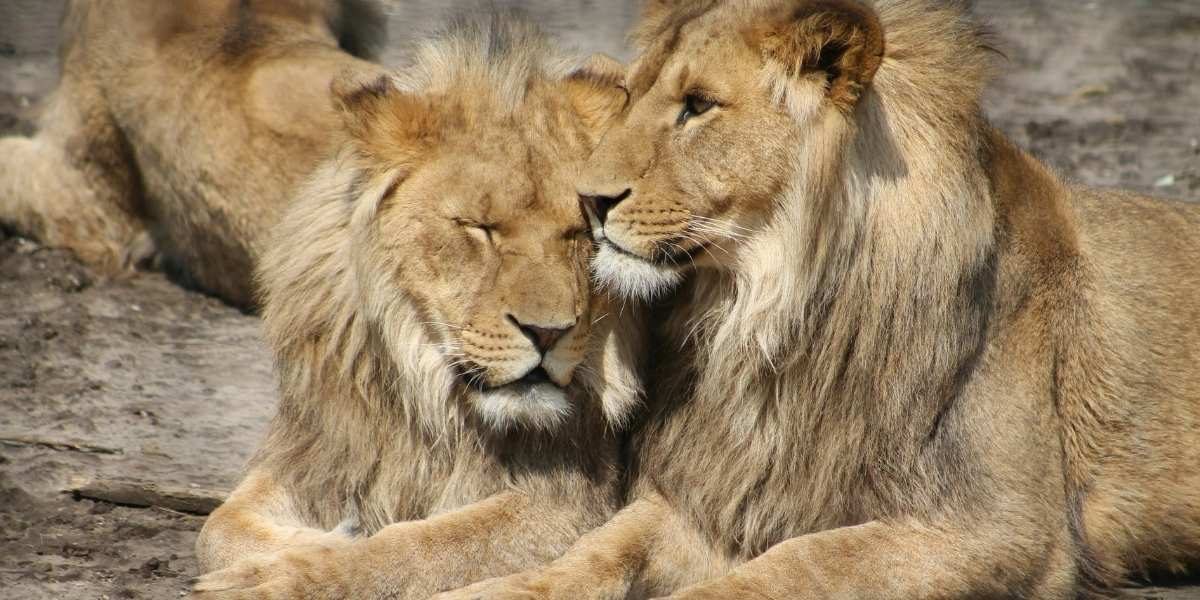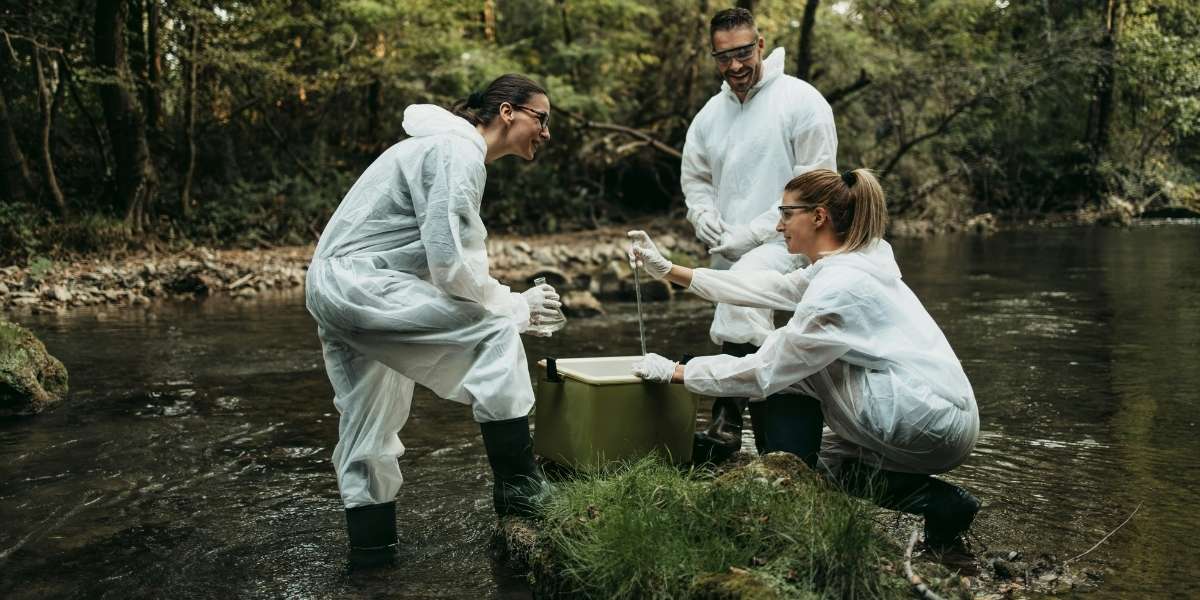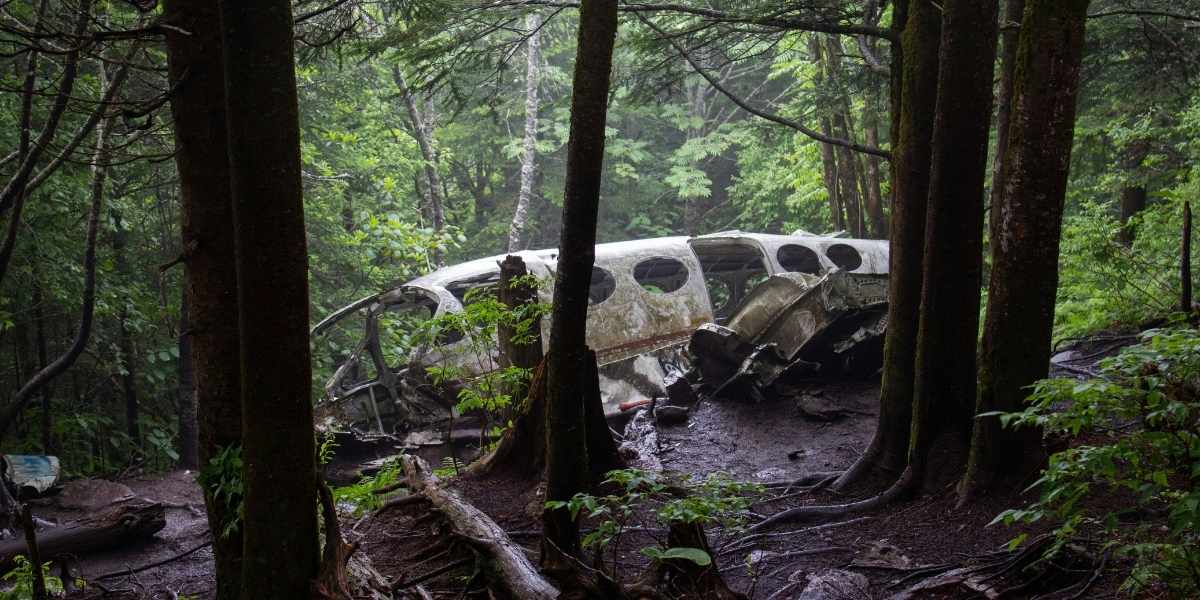Global Efforts in Wildlife Protection
Wildlife protection has become a critical concern in today’s world, as human activities continue to threaten the survival of many species. Across the globe, countries, organizations, and individuals are coming together to implement various strategies to protect wildlife and their habitats. Wildlife protection is not just a matter of preserving biodiversity; it also involves the long-term sustainability of ecosystems and the services they provide to humans.
Read Also: Why Nashville’s Business Climate Attracts Investors
Why is Wildlife Protection So Important?
The importance of wildlife protection cannot be overstated. Species play an essential role in maintaining ecological balance, from pollinating plants to regulating the food chain. The loss of wildlife can lead to a cascade of negative effects on ecosystems, ultimately affecting human life as well. Protecting wildlife ensures that these species can continue to contribute to the health and stability of our planet.
Moreover, wildlife tourism contributes significantly to economies, providing jobs and supporting conservation efforts. The preservation of habitats also plays a key role in climate change mitigation, as forests, wetlands, and oceans store carbon and help regulate temperatures. Without wildlife protection, the potential for environmental collapse would increase exponentially.
What Are the Key Global Efforts in Wildlife Protection?
Around the world, numerous efforts are being made to safeguard wildlife. Governments, non-governmental organizations (NGOs), and local communities are working on a range of initiatives to combat habitat loss, poaching, and the effects of climate change.
One of the most notable global efforts is the establishment of protected areas, such as national parks, wildlife reserves, and marine protected areas. These zones provide safe havens for species to thrive without the threat of human encroachment. The Wildlife Protection Act in many countries enforces laws against hunting endangered species and trafficking wildlife.
International agreements like the Convention on International Trade in Endangered Species of Wild Fauna and Flora (CITES) play a vital role in curbing illegal wildlife trade, which is a major driver of species extinction. These agreements foster cooperation among nations, helping to ensure that wildlife protection measures are consistent and effective across borders.
How Do Conservation Programs and NGOs Contribute?
Conservation programs, often led by NGOs, play a pivotal role in wildlife protection. These programs focus on a variety of strategies, including habitat restoration, breeding programs, and reintroduction of species to the wild. For example, the World Wildlife Fund (WWF) works to protect critical ecosystems like rainforests and coral reefs while engaging in advocacy and education efforts to raise awareness about the importance of conservation.
In some cases, NGOs partner with local governments to create sustainable practices that benefit both communities and wildlife. These partnerships have led to the success of many community-based conservation projects, where local people are empowered to protect wildlife in exchange for economic incentives, such as ecotourism or sustainable agriculture.
What Role Does Technology Play in Wildlife Protection?
Technology has become a crucial tool in the fight for wildlife protection. Advancements in satellite monitoring, drones, and artificial intelligence (AI) have provided new ways to track wildlife movements, monitor ecosystems, and prevent illegal activities such as poaching. For example, satellite collars placed on animals allow researchers to track their migration patterns in real-time, providing valuable data for conservation strategies.
Drones are also used to patrol remote areas, providing surveillance over vast landscapes without the need for human presence. AI and machine learning algorithms are increasingly being used to analyze wildlife data, helping conservationists identify patterns and predict potential threats before they occur. With the help of these technologies, conservationists can respond to threats faster and more effectively.
How Can Individuals Contribute to Wildlife Protection?
While governments and organizations are at the forefront of wildlife protection efforts, individuals can also make a significant impact. One of the simplest ways to contribute is by supporting ethical and sustainable brands that prioritize the environment and wildlife protection in their supply chains. Choosing products that are free from harmful practices, such as palm oil production linked to deforestation, can help reduce the pressure on endangered species.
In addition, spreading awareness and supporting wildlife conservation charities can help create a broader movement for change. Participating in or donating to wildlife protection efforts, whether locally or globally, directly supports the resources needed for long-term conservation success.
Challenges in Global Wildlife Protection
Despite the many efforts being made, wildlife protection remains an ongoing challenge. Climate change continues to alter habitats, pushing species out of their natural environments and making survival increasingly difficult. Illegal wildlife trade also remains a massive problem, with poachers targeting animals for their ivory, skins, and other body parts, often driven by the demand in black markets.
Another challenge is the lack of sufficient funding for conservation efforts. Many countries, especially developing ones, lack the resources to adequately protect wildlife on a national level. International aid and collaboration are crucial, but political instability and economic constraints can hinder the effectiveness of wildlife protection initiatives.
Read Also: Symbolism of Flowers: Choosing Flowers with Special Meaning
The Future of Wildlife Protection
The future of wildlife protection depends on continued global collaboration, technological innovation, and the involvement of local communities. If we are to prevent further species extinction, we must strengthen conservation policies, increase public awareness, and work together to preserve the habitats that are critical to wildlife survival.
Looking ahead, there is hope that the growing interest in sustainability and environmental protection will lead to stronger commitments from both governments and the private sector. As more people become aware of the urgent need for wildlife protection, collective efforts will increase, making it possible to ensure that future generations can experience the richness of wildlife in all its diversity.














